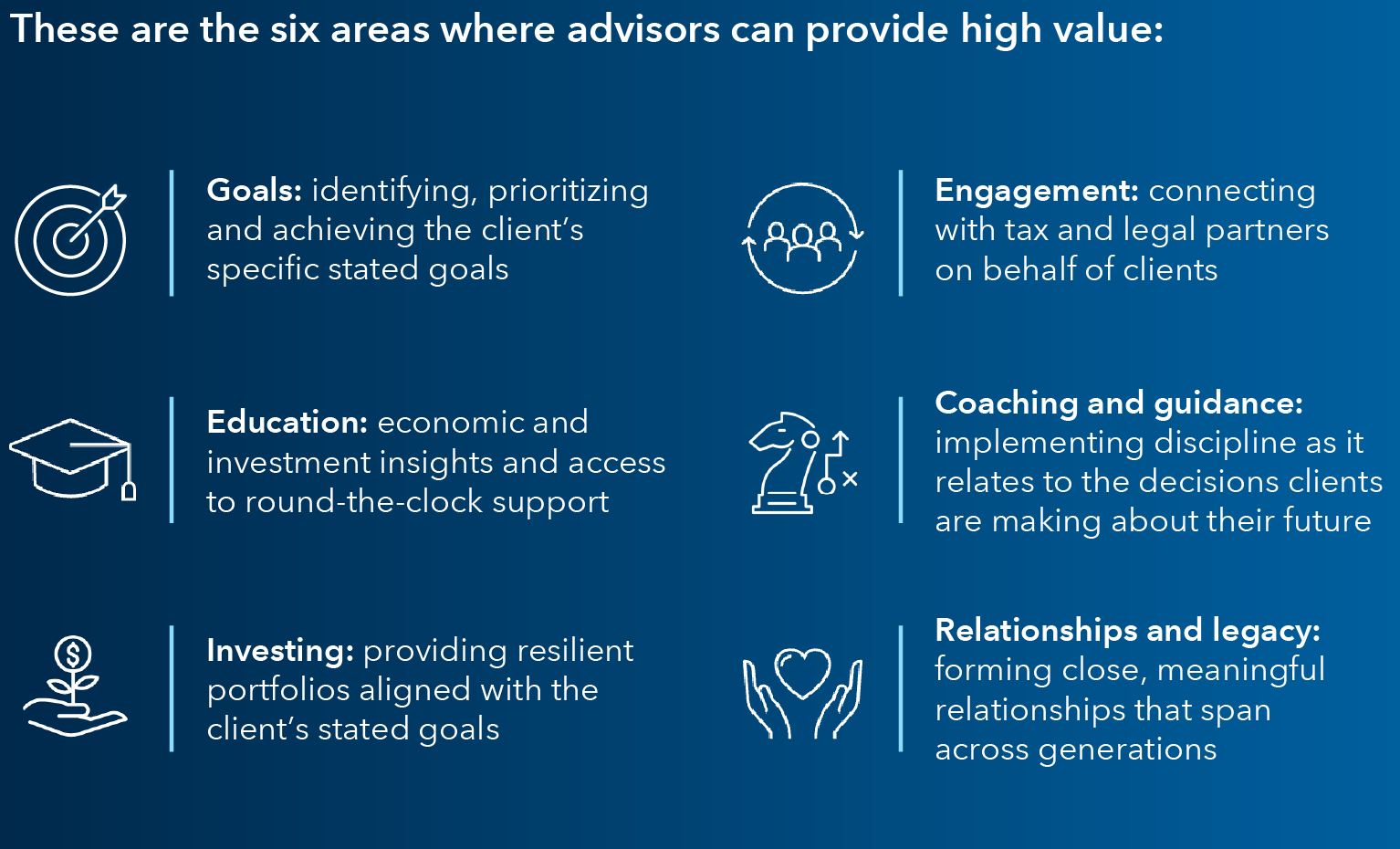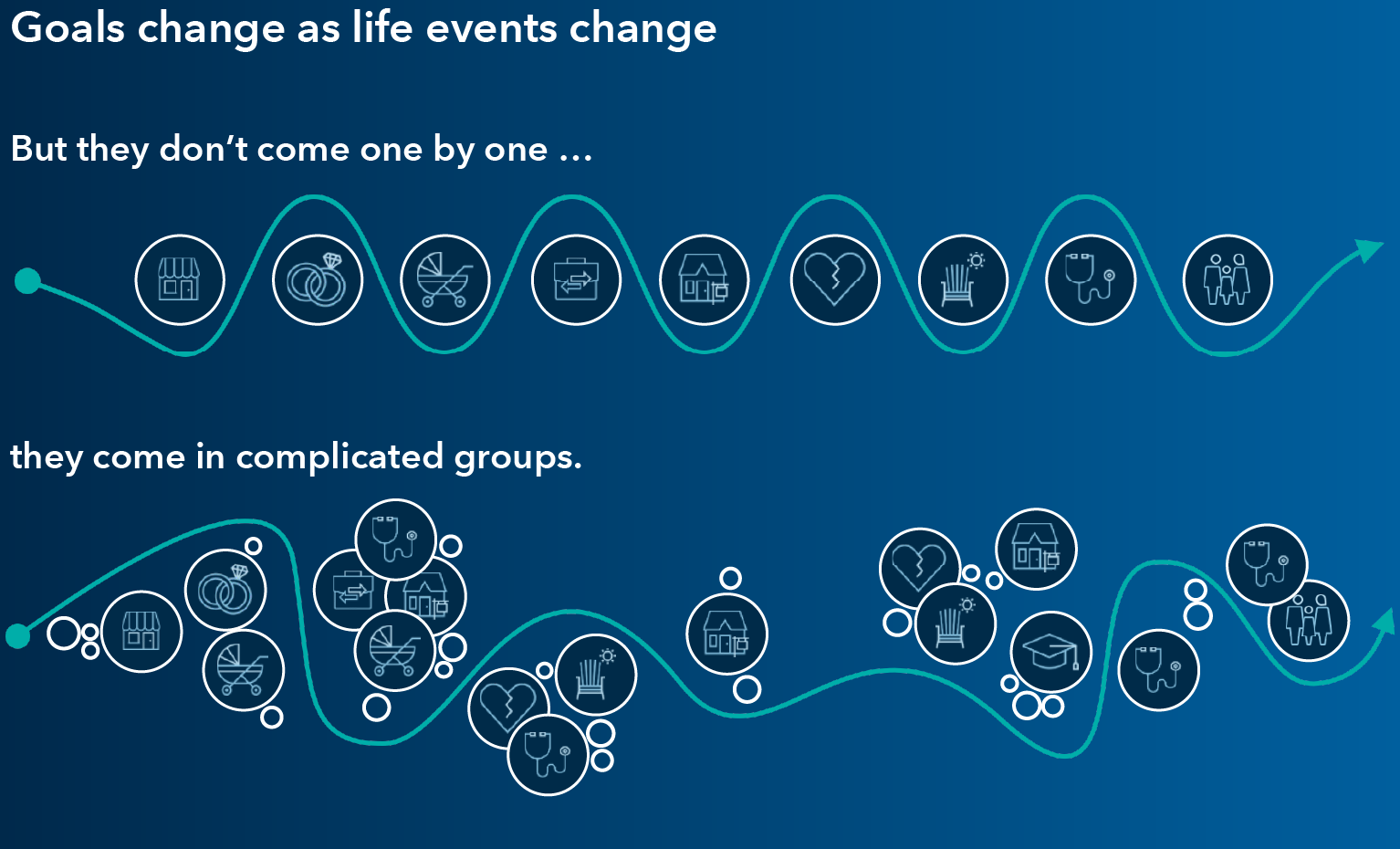How much of your client base are you prepared to lose? Industry observers note that high-net-worth clients tend to have more than one financial advisor — with numbers ranging from 1.5 to 2.5, even up to four.1 Given their typically complex financial pictures, these clients may value a diversity of perspective while building their wealth. But as they start to think about retirement, they may want simplicity and choose to work with one advisor.
Many advisors assume they have the majority, if not all, of the assets invested with their clients. However, is it possible that in the past, your client had opened a small account at a local community bank to qualify for a car loan? Is it possible that ten years ago, your client had opened up a small 529 plan to help a new advisor get their practice going, and now that advisor is tenured and looking for increased wallet-share? Those small relationships with other advisors and institutions also count.
So how can you better position your practice to be the advisor of choice? Simply stated: Put your client and their priorities at the center of the relationship.
“If you’re one of three advisors working with a client, you must have unique and deep conversations about their life goals, or it will be easier for them to choose someone other than you at crunch time,” says Wassan Kasey, advisor practice management consultant at Capital Group. “If you lose that client, you lose revenue. And it’s too late to prove it to them once they reach retirement. That’s why it is crucial to talk to them about more than returns right from the start.”
Here are five ways to help build deeper client relationships and encourage clients to make you their advisor of choice.
1. Know where you add high value
Remember, the firm you run today wasn’t the practice you started. Over time, you’ve honed your skills, added team members to help both fill out and enhance what you do best and you’ve added services you know your clients need and want. Make sure your clients are fully aware of the full scope of advice and capabilities your firm can offer them, which may include most, or if not all the following high value areas: goals, education, investing, engagement, coaching and guidance, and relationship and legacy.






